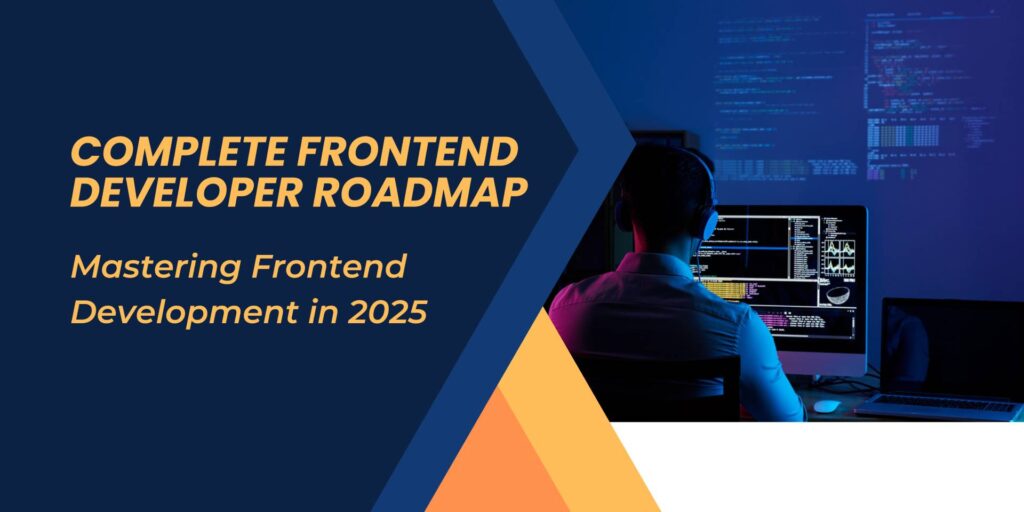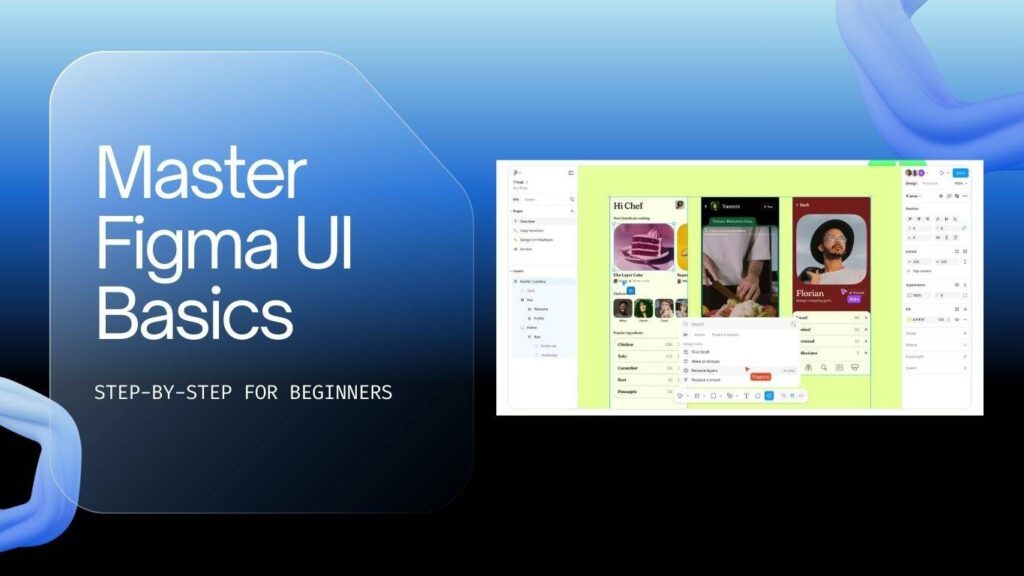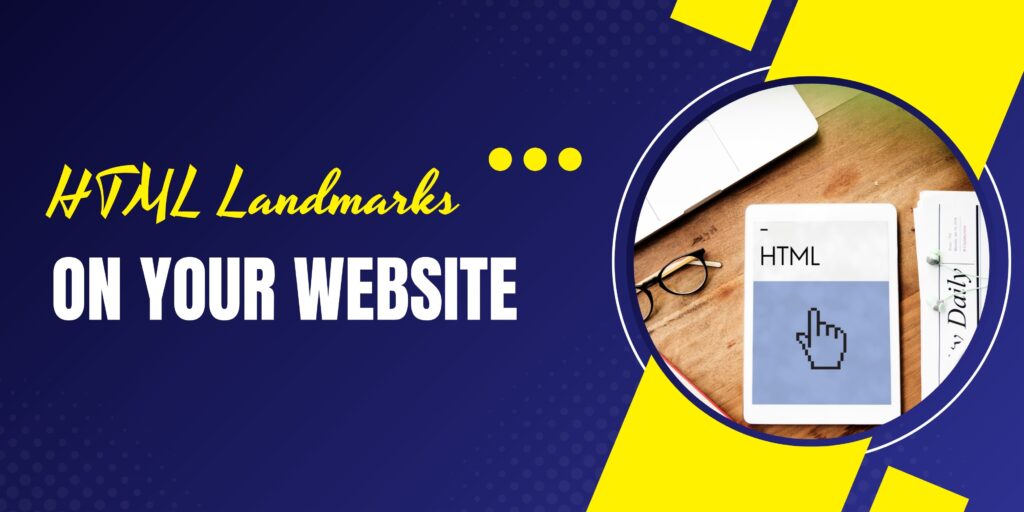Embarking on a journey to become a frontend developer can feel overwhelming, especially with the constantly evolving landscape of web technologies. Whether you’re a complete beginner eager to break into the field or an intermediate developer looking to sharpen your skills and fill knowledge gaps, having a clear, structured roadmap is essential. This comprehensive guide lays out the essential skills, technologies, and realistic timelines you need to confidently become a frontend developer in 2024 and beyond.
Frontend development focuses on everything users see and interact with on the web — the structure, style, and interactivity of websites and applications. Unlike backend development, which deals with server-side logic and databases, frontend development is all about creating seamless user experiences directly in the browser or on mobile devices.

Understanding the Basics: What Is Frontend Development?
Before diving into the specific skills, it’s important to understand the fundamental distinction in web development:
- Frontend Development: Concerns the visual and interactive parts of websites and apps — what users experience directly.
- Backend Development: Manages data storage, server logic, and behind-the-scenes processing.
- Full Stack Development: Combines both frontend and backend skills.
Our focus here is exclusively on frontend development, covering everything from foundational languages to advanced frameworks and tools.
How Long Does It Take to Become a Frontend Developer?
The timeline to become job-ready as a frontend developer varies based on your background, learning pace, and dedication. On average, with consistent study and hands-on practice, you can expect:
- 6 to 12 months to grasp the core skills necessary to land a frontend developer role.
Consistency is key. Regular coding practice, building projects, and continuous learning will accelerate your progress.
The Essential Frontend Development Skills and Technologies
Frontend development is built on three core languages that form the foundation of every web page:
1. HTML (HyperText Markup Language)
HTML provides the structure of web pages. It defines elements like headings, paragraphs, images, and links. Learning HTML basics is straightforward and can be accomplished in about one to two weeks with a few hours of daily practice.
HTML is the backbone of the web — without it, browsers wouldn’t know how to display content. Mastering semantic HTML ensures your websites are accessible and SEO-friendly.
2. CSS (Cascading Style Sheets)
While HTML structures a page, CSS styles it. CSS controls colors, fonts, layouts, and overall visual aesthetics. It also enables responsive designs that adapt to different screen sizes, ensuring your site looks great on desktops, tablets, and phones.
You can gain practical CSS skills in 2 to 4 weeks of focused learning. Although CSS can be deep and complex, starting with the fundamentals allows you to build visually appealing projects quickly.
3. JavaScript
JavaScript is where programming begins in frontend development. Unlike HTML and CSS, JavaScript introduces logic and interactivity. With JavaScript, you can respond to user actions, validate forms, fetch data from servers, and create dynamic content.
Learning JavaScript can be challenging for beginners because it requires thinking like a programmer — understanding algorithms and control flow. However, with persistent study and practice, you can achieve a solid grasp in around 2 months.
JavaScript is the language that truly brings your frontend projects to life and is indispensable for any frontend developer.
Version Control: Managing Your Code with Git and GitHub
As you write more code and collaborate with others, tracking changes becomes essential. This is where Git comes in — a version control system that lets you save snapshots of your code, revert to previous versions, and collaborate efficiently.
GitHub is a popular platform that hosts Git repositories online, enabling easy sharing and teamwork.
You don’t need to master every Git feature; focusing on the most used 20% will cover 80% of your needs. Spending 1 to 2 weeks getting comfortable with Git basics is sufficient to start using it confidently.
TypeScript: Writing Robust JavaScript
TypeScript is a superset of JavaScript that adds static typing and other features to help catch errors early and improve code quality. Many companies now prefer TypeScript for large-scale frontend projects because it makes code more maintainable and less error-prone.
If you want to be competitive in 2024 and beyond, learning TypeScript is a must. The good news is that TypeScript builds on your existing JavaScript knowledge and can be picked up in 2 to 3 weeks.
UI Libraries and Frameworks: Building User Interfaces Efficiently
Modern frontend development often involves using UI libraries or frameworks to build complex interfaces faster and with reusable components. The most popular of these is React, followed by Angular and Vue.
React dominates the job market and offers abundant opportunities. To learn React effectively, you need a solid foundation in JavaScript and at least a basic understanding of TypeScript, as many React projects now use it.
With a strong JavaScript base, you can become productive in React within about 2 months. Once comfortable, exploring Angular or Vue can be beneficial, but focus on mastering one framework first.
Enhancing Your CSS Skills: Preprocessors and Frameworks
As projects grow, managing CSS can become unwieldy. To address this, developers use tools like CSS preprocessors and frameworks:
CSS Preprocessors
Preprocessors like Sass, Less, and Stylus let you write CSS with advanced features such as variables, nesting, and functions, which compile down to regular CSS. Sass is the most popular and a great starting point. You can learn the basics in 1 to 2 weeks.
CSS Frameworks
CSS frameworks provide pre-written styles and components to speed up development. Popular options include Bootstrap, Tailwind CSS, Foundation, and Skeleton.
While Bootstrap has been widely used for years, Tailwind CSS is gaining popularity, especially in React projects, due to its utility-first approach and flexibility. Learning Tailwind can take 2 to 4 weeks and can significantly improve your styling workflow.
Automated Testing: Ensuring Quality and Reliability
Automated testing is a vital skill, particularly for senior developers. Writing tests for your code ensures it behaves as expected and helps catch bugs early.
Popular testing frameworks include Jest and Vitest. Both are similar, with Jest being the most widely used but carrying some legacy complexities. Vitest is a modern alternative gaining traction.
You can learn the core principles of automated testing and get comfortable with one of these frameworks in 3 to 4 weeks. This skill not only improves your code quality but also makes you more attractive to employers.
Meta-Frameworks: Taking Your React Skills to the Next Level
Meta-frameworks build on top of UI libraries like React to provide additional features such as server-side rendering, routing, and static site generation. Examples include Next.js and Remix.
Next.js is the most popular meta-framework for React and is highly valued in the job market. If you have a strong React foundation, you can learn Next.js in 4 to 6 weeks.
Learning a meta-framework gives you a competitive edge and opens doors to higher-paying roles.
Expanding into Mobile Development with React Native
If mobile development interests you, React Native allows you to build cross-platform mobile apps using React. With solid React knowledge, you can learn React Native in about 2 months.
This skill broadens your job opportunities and enables you to create apps that run on both iOS and Android using a single codebase.
Summary: Your Roadmap to Becoming a Frontend Developer
- Learn HTML: 1-2 weeks
- Master CSS: 2-4 weeks
- Get comfortable with JavaScript: ~2 months
- Use Git and GitHub: 1-2 weeks
- Learn TypeScript: 2-3 weeks
- Pick and master a UI framework (React recommended): ~2 months
- Explore CSS preprocessors (Sass) and frameworks (Tailwind): 1-4 weeks
- Learn automated testing (Jest or Vitest): 3-4 weeks
- Dive into meta-frameworks (Next.js): 4-6 weeks
- Expand to mobile development (React Native): ~2 months
With dedication and consistent practice, mastering these skills can realistically happen within 6 to 12 months, preparing you for a successful career as a frontend developer.
Frequently Asked Questions (FAQ)
How important is it to learn TypeScript for frontend development?
TypeScript is becoming a standard in many companies for frontend projects. It helps catch errors early and improves code maintainability. Learning TypeScript significantly boosts your job prospects and coding confidence.
Should I learn multiple UI frameworks or focus on one?
Focus on mastering one framework deeply, preferably React due to its popularity and job market demand. Once you are comfortable, you can explore others like Angular or Vue to broaden your skills.
Is it necessary to learn backend development to be a frontend developer?
Not necessarily. While understanding backend concepts can be helpful, frontend development mainly focuses on client-side skills. However, learning backend basics can make you a more versatile full-stack developer.
How can I practice and apply these frontend skills effectively?
Building real projects is the best way to practice. Start with simple websites, then gradually add interactivity, responsive design, and complex features. Using GitHub to share your projects and collaborating on open source can also enhance learning.
What resources can help me learn frontend development?
Structured tutorials, online courses, and free PDFs that break down concepts step-by-step are invaluable. Practice consistently, and utilize platforms like CodePen, freeCodeCamp, and GitHub to hone your skills.
Quick Links:
https://duogeeks.com/
https://duogeeks.com/services/website-design/



